Sonoelectrochemistry
Sonoelectrochemistry Is An Interdisciplinary Area Of Research Involving The Combination Of Ultrasound And Electrochemistry. The Technique Was First Proposed In 1972 And Has Since Been Widely Studied For Its Use In Enhanced Electrochemical Processes. With The Rapid Development Of Technology In Recent Years, Its Application Has Been Further Advanced And Now Has The Potential To Be Used In A Variety Of Fields, From Industry To Medical Research. The Main Benefit Of Sonoelectrochemistry Is Enhanced Reaction Kinetics. Ultrasound Waves Create Microbubbles Through Acoustic Cavitation, Which Increase Surface Area And Reactant Concentrations Near The Electrode. This Facilitates A Much Greater Rate Of Reaction, Allowing For Faster, More Efficient Measurements. Additionally, Sonoelectrochemistry Can Modulate And Control The Reaction Environment, Allowing For Greater Control Over Reaction Parameters. The Most Common Application Of Sonoelectrochemistry Is The Synthesis Of Nanomaterials. Acoustic Cavitation Produces Ultrasmall Droplets Containing Both Reactants And Products, Allowing For Much Greater Control Over The Size, Shape, And Structure Of Nanomaterial Synthesis. These Nanomaterials Have A Variety Of Applications, From Medical Devices To Catalytic Systems. Sonoelectrochemistry Has Also Been Increasingly Used In Biological Applications, Such As The Detection Of Pathogens, Toxic Pollutants, And Proteins. This Method Allows For Extremely Sensitive And Selective Detection, As The Acoustic Cavitation Produced Can Be Tailored To Selectively Detect Specific Molecules. The Use Of Sonoelectrochemistry Is Expected To Further Increase Due To Its Potential For Greater Control Over Reaction Parameters, Enhanced Reaction Kinetics, And Improved Nanomaterial Synthesis. Additionally, Its Application In Bioelectrochemical Sensors Is Expected To Expand Due To Its Ability To Selectively Detect Target Molecules. With Its Current Capabilities, Sonoelectrochemistry Has The Potential To Revolutionize The Way Industrial And Medical Processes Are Done.
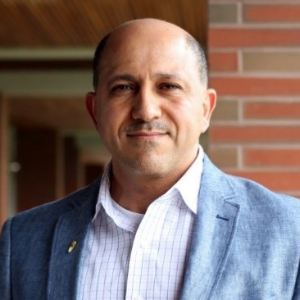
Hossam A Gabbar
Ontario Tech University, Canada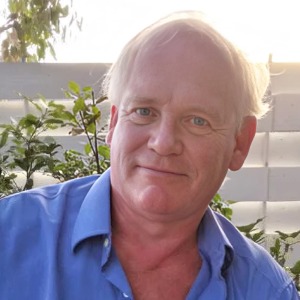
Victor John Law
University College Dublin, Ireland
Alexander Bagaturyants
National Research Nuclear University MEPhI, Russian Federation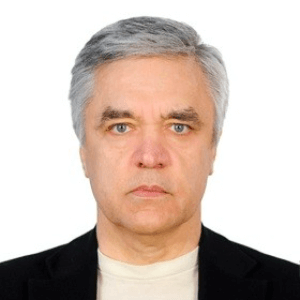
Sergey Suchkov
N.D. Zelinskii Institute for Organic Chemistry of the Russian Academy of Sciences, Russian Federation
Shree Niwas Chaturvedi
Centre for Aptitude Analysis and Talent Search, India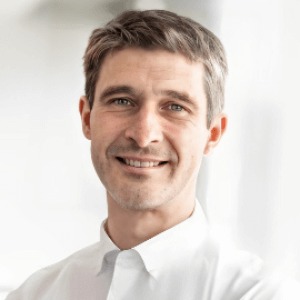
Pieter Samyn
SIRRIS, Belgium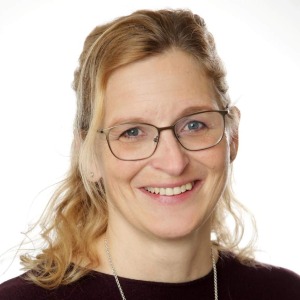
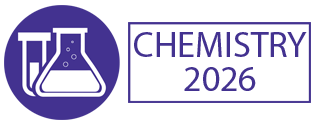



Title : Advances in plasma-based radioactive waste treatment
Hossam A Gabbar, Ontario Tech University, Canada
Title : Unraveling the ultrastructure and functions of the neuronal membrane skeleton using super-resolution fluorescence microscopy
Zhou Ruobo, Djillali Liabes University of Sidi Bel Abbes, Algeria
Title : Solar box cooker dehydration, and relative humidity endpoint detection, of lamiaceae culinary leaves on the island of Crete
Victor John Law, University College Dublin, Ireland
Title : Nutrient and heavy metal loads from the Ribeiras to Coastal zones: A land-ocean continuum perspective in Madeira Island
Aracelis Del Carmen Narayan Rajnauth, University of Porto, Portugal
Title : Prospective polyoxometalate-based covalent organic framework heterogeneous catalysts
Arash Ebrahimi, Comenius University Bratislava, Slovenia
Title : Eliminating implant failure in humans with nano chemistry: 30,000 cases and counting
Thomas J Webster, Brown University, United States